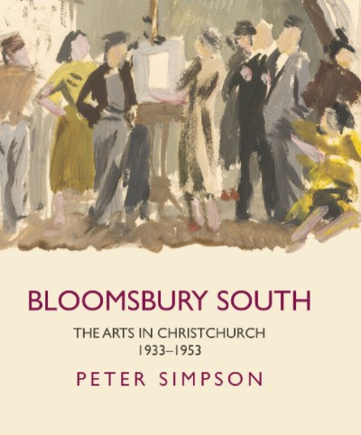
by Peter Simpson
There was a golden age in New Zealand in the two decades between 1933 and 1953, and Christchurch was at the centre of it. Culture bloomed and flourished. Exceptional people – Denis Glover, Ursula Bethell, Toss Woollaston, Evelyn Page, Allen Curnow, Ngaio Marsh, Douglas Lilburn and many others – were busy painting, writing, reading and making music. It was a fizzing, vibrant time – while it lasted.
Peter Simpson, who lived in Christchurch and knew several of the people he writes about, has delved into the lives and achievements of these individuals and the environment in which they worked. This handsome book, full of pictures in colour and black and white, and the whole printed on glossy paper, is a celebration of those people. They were young and bold. They flatted together, socialised, argued, supported each other. They challenged the conservative establishment which resisted change and innovation, as it always does. They deplored the prevailing but phony nostalgia for everything English, and worked to create literature, music and art not inherited from older, northern hemisphere traditions.
The comparison with the Bloomsbury Group that became famous in London between the two world wars is nevertheless apt. There were the same attachments, passions and commitment to culture that was innovative and eclectic, the individuals within the group were exceptionally talented, and they found the support and inspiration they needed from each other. So, the writers and painters, poets and musicians, printers, actors and dramatists in Christchurch gathered together and set their part of the world to buzzing.
There are towering personalities throughout this book – people whose influence extends down the years to this day. At the centre was the poet Ursula Bethell, older than most but with an elegant knack for mentoring those who gravitated towards her, especially, it seems, young men. Ngaio Marsh, who was both a painter and a passionate director of Shakespeare’s plays and, in the words of one of her student actors, “boomed like the proverbial bittern” strides theatrically across the pages. Her detective novels, quite rightly, don’t get a mention here.
Landfall was launched in 1947 and Charles Brasch and many of those involved with the periodical are household names now. And the painters: they were scoffed at but they had new ways to show what they saw, and they found support from the discerning few. However, as Simpson reminds us, the Colin McCahon painting International Air Race was accidentally broken up and used for packaging – surely someone is still having nightmares about that? The long-running controversy about Frances Hodgkins’s painting Pleasure Garden most clearly reflected the clash between the old and the new: “No episode better illustrates the cultural forces … that prevailed in Christchurch in these decades, especially in the visual arts.”
So, why did that golden age end? By 1953 Ursula Bethell had died and many others had moved, mostly north. Christchurch was “left only with the old colonial standbys of choirs and brass bands” – Bloomsbury South had shrunk, dispersed, evaporated.
Author: Peter Simpson
Publisher: Auckland University Press
ISBN: 978 1 86940 848 0
Available: bookshops
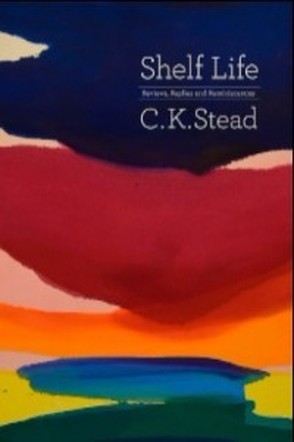
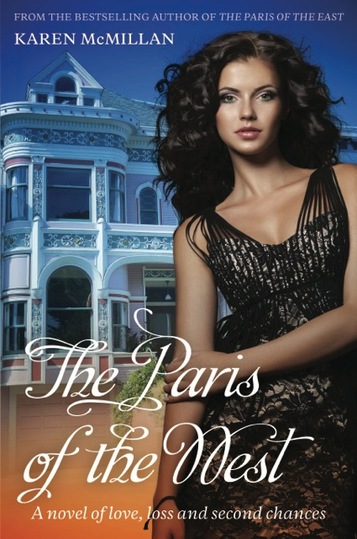
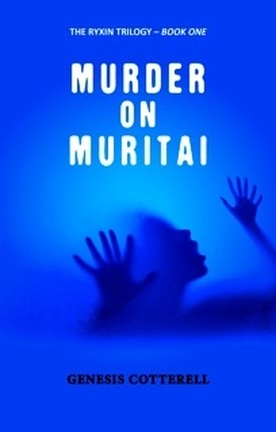
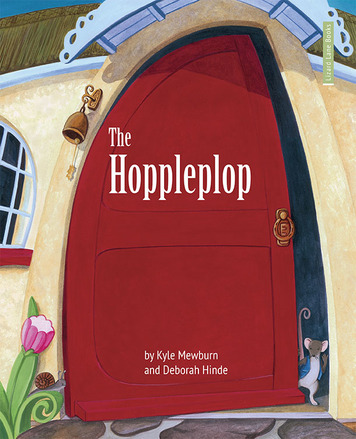

 RSS Feed
RSS Feed
